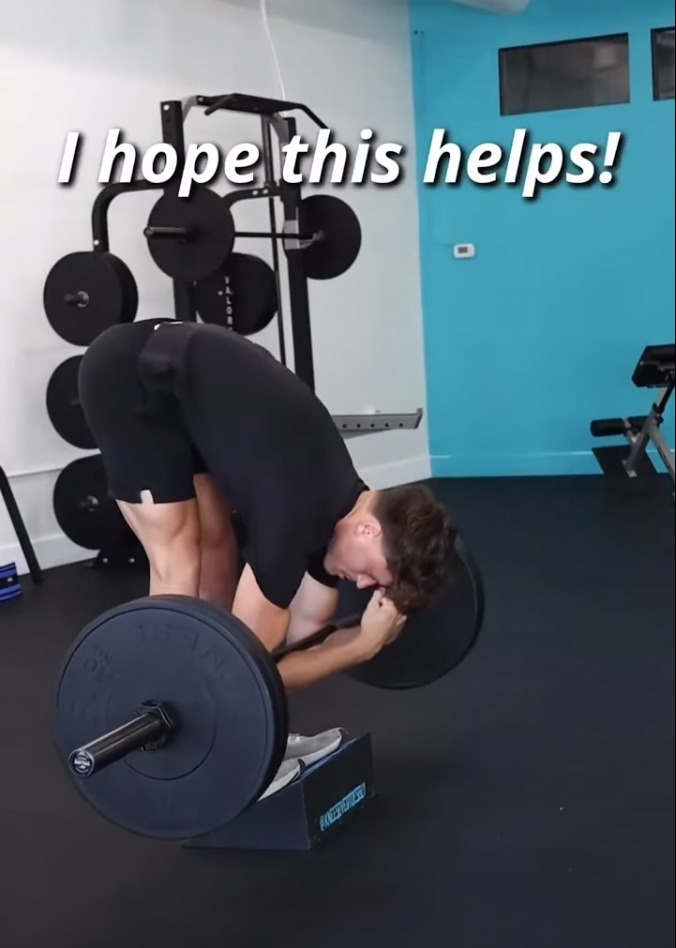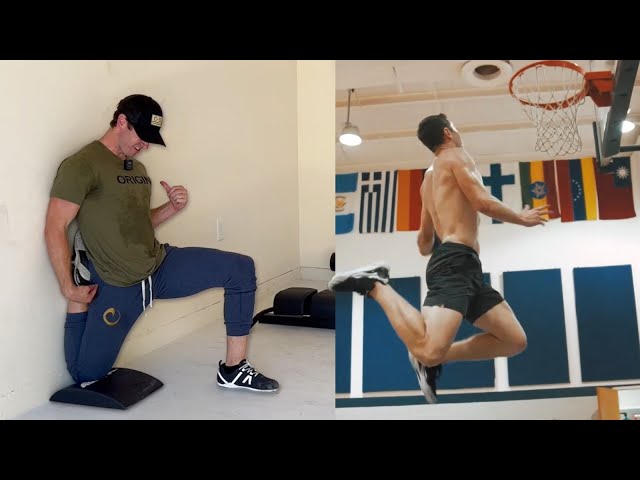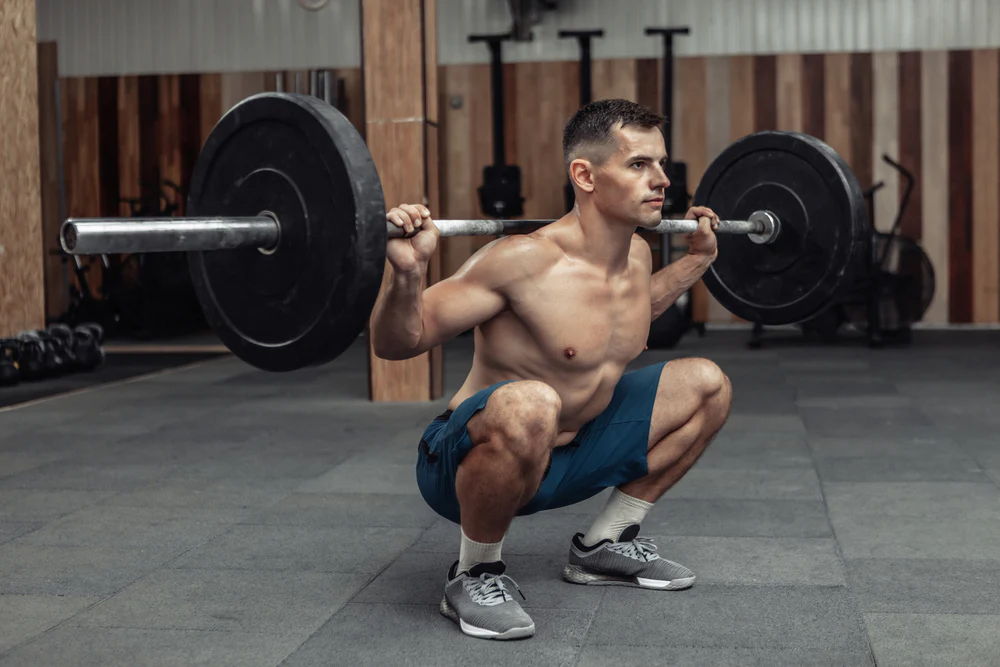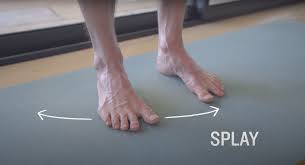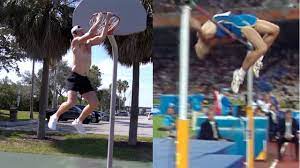
How to Jump Higher: A Guide by KneesOverToesGuy
Learn How to Jump Higher with KneesOverToesGuy. Ben shares his journey and expertise on how to jump higher while maintaining optimal knee health in this informative video. Ben begins by emphasising the importance of knee strength in jumping and how neglecting it can lead to a variety of issues, such as surgeries, painkiller addiction, and depression. He takes a novel approach to training, challenging conventional wisdom.
Starting with Full Range of Motion
Ben underscores the importance of working through a full range of motion to enhance muscle tissue and leg strength. Contrary to common practises limiting knee movement, he advocates for responsible freedom in training. Drawing inspiration from high jumpers like Olympic gold medalist Stephen Holm, he critiques the restrictive methods prescribed by some trainers and emphasises the benefits of backward walking.
The ATG Split Squat: A Scalable Solution
The discussion extends to the ATG split squat, a key exercise in Ben’s training arsenal. He explains how this exercise, when done correctly, positively impacts ankle and knee mobility. Through the example of Kador Xani, the shortest person to dunk and kick a basketball rim, Ben illustrates the potential for strength and flexibility to coexist.
Personal Journey and Scalability
Ben shares his personal journey, expressing his initial goal of playing basketball without knee surgeries. By incorporating the ATG split squat into his routine, he noticed improved knee health and unexpected gains in vertical jump. He introduces the concept of scalability, emphasising that training should be individualised and pain-free, regardless of age or ability.
How to Jump Higher: The Impact on Longevity
Ben’s motivation goes beyond personal goals; he envisions a future where his mom and individuals of all ages can maintain mobility and athleticism. Scalability becomes a cornerstone, allowing people to start from their current level and progress pain-free. He emphasises that scalability isn’t just about age; even elite athletes may need to start with foundational exercises.
George Hacken Schmid: An Exemplar of Longevity
To further emphasise the importance of scalability, Ben introduces George Hacken Schmid, who, in his mid-’80s, maintained incredible athleticism. He shares how Hacken Schmid’s routine, involving jumping over a chair, aligns with the principles of scalability and highlights the connection to backward walking exercises.
Strategies on How to Jump Higher
However, transitioning into strategies for achieving maximum jump height, Ben introduces Court, aiming to be the highest jumper globally. The three-pronged approach includes weekly jump sessions, slant squats, and strength in secondary areas. The emphasis is on balancing strength, technique, and conditioning to optimise jump performance.
Adapting the Checklist for Personal Goals
Ben provides a comprehensive nine-point checklist categorised into three main sections: the jump session, leg strength, and accessory exercises. He encourages individuals to evaluate their jump sessions for sufficient force, incorporating wins, and harnessing adrenaline. The checklist extends to monitoring the ease of slant squats and ATG split squats, the inclusion of sled work, and progress in ankle strength.
Ankle Strength, Posterior Chain, and Core Training
Delving into specifics, Ben discusses the significance of ankle strength, emphasizing the deep calf muscle and tibialis. The posterior chain, comprising hamstrings, glutes, and lower back, is recognized for its role in maintaining balance and strength during jumps. Additionally, Ben stresses the importance of full-range training for the upper body and core, connecting shoulder mobility to overall athleticism.
How to Jump Higher
Ben Patrick’s video offers a comprehensive guide to unlocking higher jumps and maintaining knee health. By blending personal experiences, scientific insights, and practical advice, he creates a roadmap for individuals aspiring to enhance their vertical jump while prioritizing joint health.


